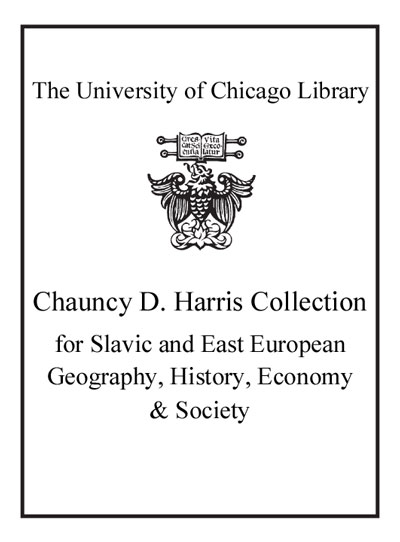Review by Choice Review
Partitioned between three empires, the Polish people's dream of reunification and national identity was nurtured between 1869 and 1913 by the commemoration of heroes and events through statues and canvasses, chronicles and anthems, and pageants and academies. This rich study focuses on clusters of public celebrations most likely to transcend social and geographical differences through a combination of ritual, rhetoric, art, and public display. In part 1, Dabrowski (Brown Univ.) examines the commemoration of historical novelist Kraszewski and military hero Sobieski in the 1870s and 1880s. Part 2 addresses a wide range of cultural and political celebrations that included Poles abroad and an increasingly politicized population at home. Part 3 refers to expressions of Poland's military legacy as performed by paramilitary organizations in the early 20th century before WW I. Poles constructed a future out of their past in a public discourse of identity that transcended the realpolitik of partition. Dabrowski argues that commemorations served to integrate Poles horizontally, vertically, temporally, and symbolically, as well as to create a pantheon of heroes and an international reputation. Superbly researched and clearly written, this scholarly treatise is a model for others wishing to engage the subtleties of the power of identity construction and nation making. ^BSumming Up: Highly recommended. Most levels/libraries. B. Osborne Queen's University at Kingston
Copyright American Library Association, used with permission.
Review by Choice Review

